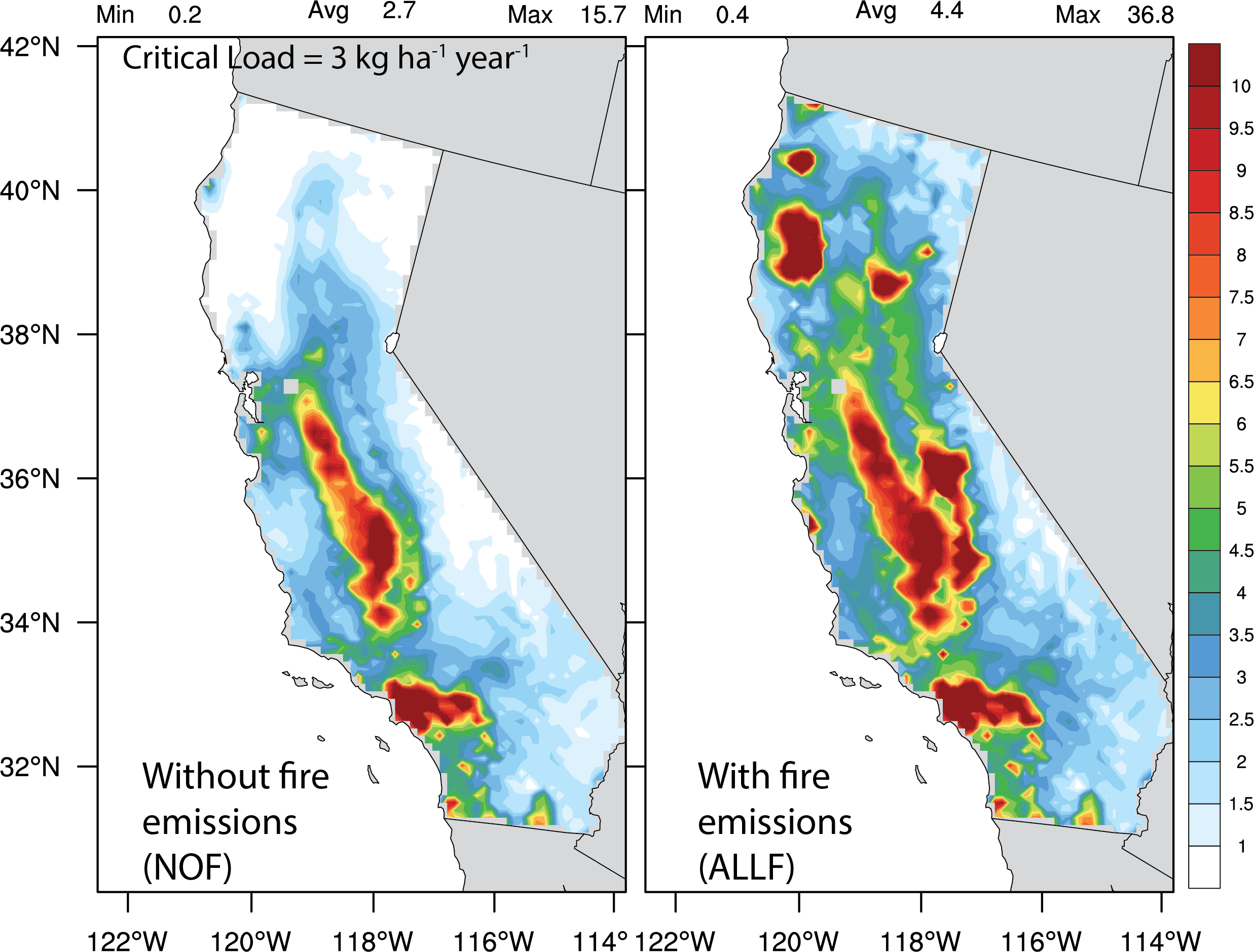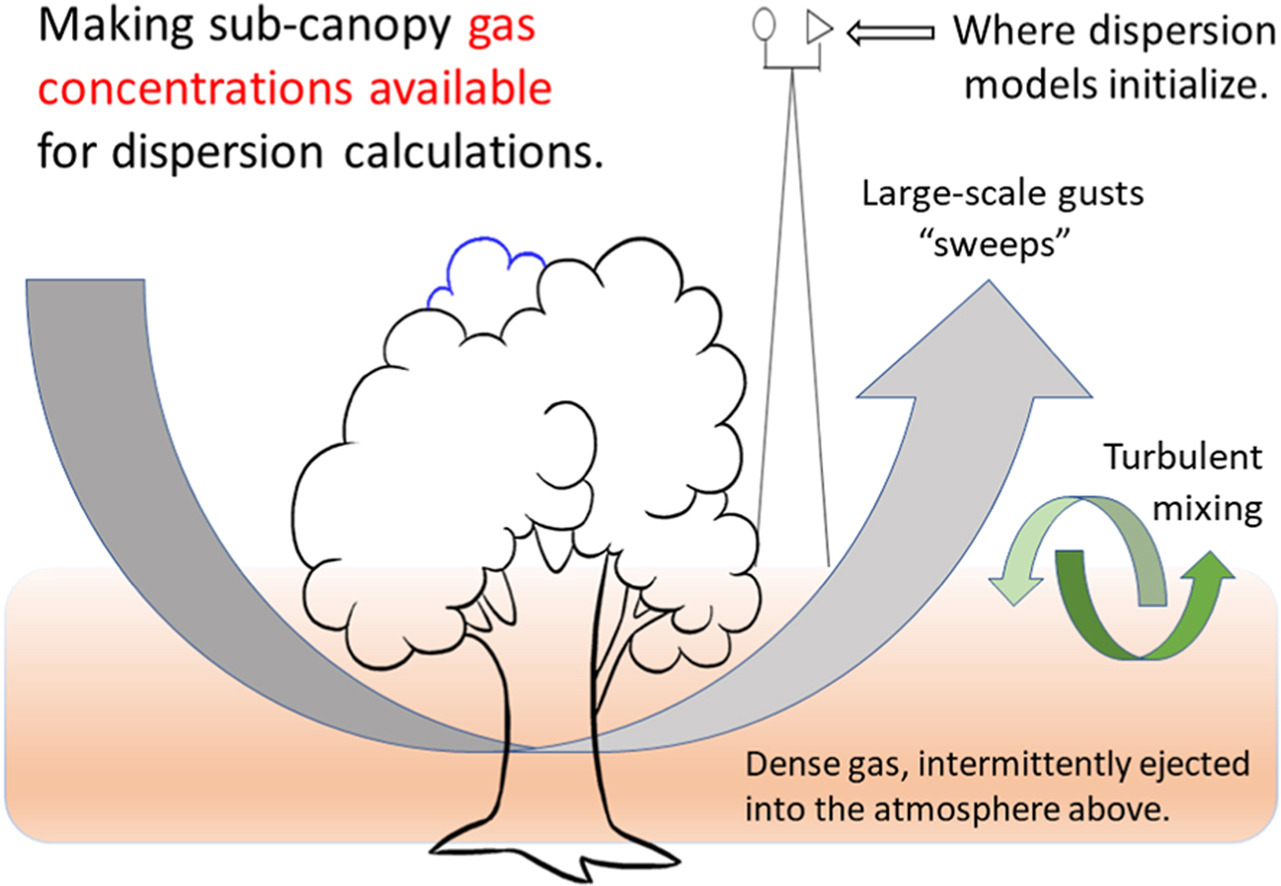ARL Weekly News – September 8, 2023
| Upcoming Events |
ARL prepares for a field campaign to study emissions from oil and gas operations in Colorado.
In collaboration with CSL, University of Maryland, and University of Colorado Boulder, ARL scientists will participate in a field campaign in Colorado in October/November 2023 to study emissions of methane and other volatile organic compounds (VOCs) from the oil and gas operations in the Denver-Julesburg basin and Garfield County. A Cessna research aircraft and NOAA’s Air Resources Car will be deployed in this campaign to collect measurements of meteorological parameters and chemical species. The mass balance approach and measured enhancement ratios of chemical species will be used to estimate emissions for methane, ethane and other VOCs from the study areas. The field project is primarily funded by the Colorado Department of Public Health and Environment. Results from this study will help local officials to better quantify and mitigate emissions of greenhouse gases in Colorado.
| Publications |
ARL Co-authors WMO Report on Role of Nitrogen Deposition from Wildfires
The 2023 WMO Air Quality and Climate Bulletin was released on September 7, to coincide with Clean Air for Blue Skies day. The WMO releases these influential annual reports to highlight major issues in the meteorological domain. The 2023 edition, the third in an annual series, highlights the impact of heatwaves for the 2023 report.
Two NOAA authors from the Air Resources Laboratory, along with colleagues from the EPA, contributed a section on the impact of wildfires. Fire emissions are an important source of atmospheric nitrogen deposition to downwind ecosystems, by Walker, Schroeder, Campbell and Saylor, focusing on the impact of wildfire emissions of large quantities of nitrogen to the atmosphere. In 2020, heavy wildfires in the western U.S. resulted in substantial increases in total nitrogen deposition compared to low-end critical load thresholds in certain regions of central and northern California (see figure below from the WMO bulletin). While some nitrogen can have a beneficial effect, the rate of nitrogen deposition from wildfires is large and poorly understood.
With increasing heatwaves and droughts, the incidence and severity of wildfires is increasing, creating a need for an integrated observation and modeling effort to better understand the role of nitrogen deposition on various land and forest types to assess the ecological and agricultural impact of nitrogen deposition.
The WMO Air Quality and Climate Bulletin provides an update on the state of air quality and its connections to climate change. Climate change is having an impact on the frequency and intensity of heat waves; and extreme heat, exacerbated by wildfires and sand and dust storms, is having a measurable impact on air quality, health and the environment.
The UN recognizes Clean Air for Blue Skies every September 7 to promote investment and shared responsibility to overcome air pollution. Air pollution is the biggest environmental health risk of our time; and over 99 percent of the world population breathes unsafe air.

Published: On the efficacy of Monin-Obukhov and bulk Richardson surface-layer parameterizations over drylands.
Lee, T. R., S. Pal, P. Krishnan, B. Hirth, M. Heuer, T. P. Meyers, R. D. Saylor, and J. Schroeder, 2023: On the efficacy of Monin-Obukhov and bulk Richardson surface-layer parameterizations over drylands. J. Appl. Meteor. Climatol., https://doi.org/10.1175/JAMC-D-23-0092.1, in press.
Abstract: Surface-layer parameterizations for heat, mass, momentum, and turbulence exchange are a critical component of the land surface models (LSMs) used in weather prediction and climate models. Although formulations derived from Monin-Obukhov Similarity Theory (MOST) have long been used, bulk Richardson (Rib) parameterizations have recently been suggested as a MOST alternative but have been evaluated over a limited number of land cover and climate types. Examining the parameterizations’ applicability over other regions, particularly drylands that cover approximately 41% of terrestrial land surfaces, is a critical step toward implementing the parameterizations into LSMs. One year (1 January through 31 December 2018) of eddy covariance measurements from a 10-m tower in southeastern Arizona and a 200-m tower in western Texas were used to determine how well the Rib parameterizations for friction velocity (u*), sensible heat flux (H), and turbulent kinetic energy (TKE) compare against MOST-derived parameterizations of these quantities. Independent of stability, wind speed regime, and season, the Rib u* and TKE parameterizations performed better than the MOST parameterizations, whereas MOST better represented H. Observations from the 200-m tower indicated that the parameterizations’ performance degraded as a function of height above ground. Overall, the Rib parameterizations revealed promising results, confirming better performance than traditional MOST relationships for kinematic (i.e., u*) and turbulence (i.e., TKE) quantities, although caution is needed when applying the H Rib parameterizations to drylands. These findings represent an important milestone for the use of Rib parameterizations, given the large fraction of Earth’s surface covered by drylands.
Published: On the transfer of dense gases from a forest sub-canopy into the wind field above
Hicks, B.B., Lichihib, N., Eash, N.S., Oetting, J.N., Pendergrass, W.R., On the transfer of dense gases from a forest sub-canopy into the wind field above, Atmospheric Environment (2023), doi: https://doi.org/10.1016/j.atmosenv.2023.120056

Graphical Abstract: on the transfer of dense gases from a forest sub-canopy into the wind field above.
Abstract: The need to anticipate high risk of exposure following the generation of a cloud of cold and dense gas beneath a forest canopy introduces a need to examine the processes facilitating exchange with the air above the canopy. It is the concentrations in this above-canopy air that are used to initialize many dispersion models and these concentrations are lower than would be expected if no canopy were present. In the lack of direct experimental studies of trans-canopy dilution in a forested environment, results from a variety of related experiments are used here to illustrate the complexity of the problem and to derive a first-order assessment of the extent of expected dilution. The focus is on the dense gas clouds following accidents involving liquid chlorine, ammonia and carbon dioxide. It is concluded that the dilution would result in above-canopy concentrations between 2% and 50% of average sub-canopy levels, depending on site-specific circumstances. It is also concluded that the relative importance of the various contributing processes is such that detailed incorporation of them in dispersion models would constitute an unjustified complexity unless definitive experimental observations are available. Instead, the consequences of the issues now considered might best be accommodated by reducing predicted downwind concentrations by a factor of about ten with a corresponding extension of the duration of the dispersion event.

